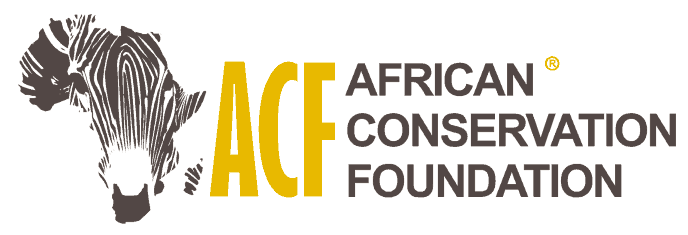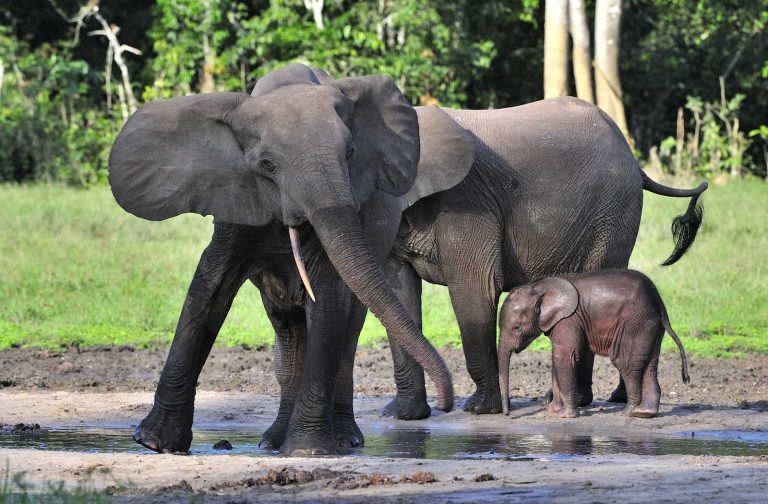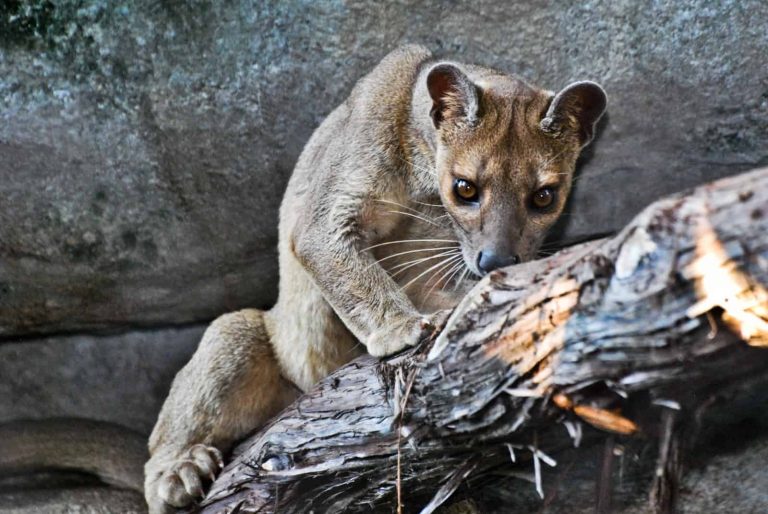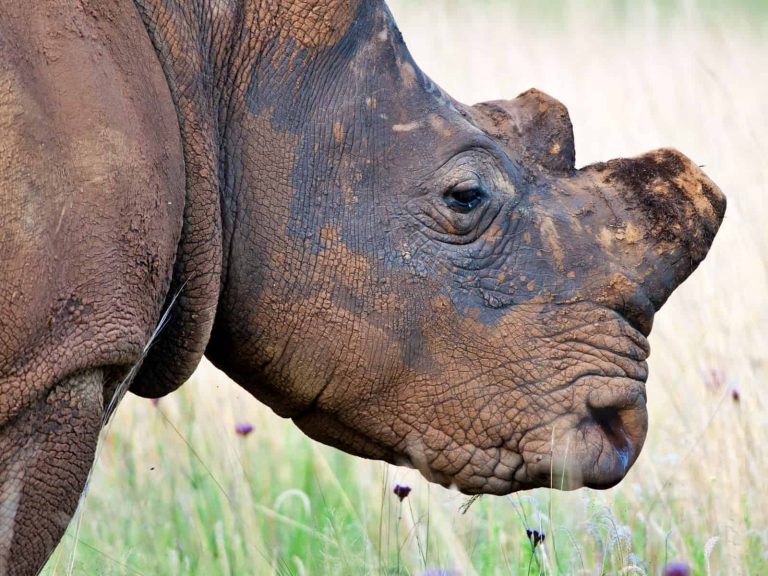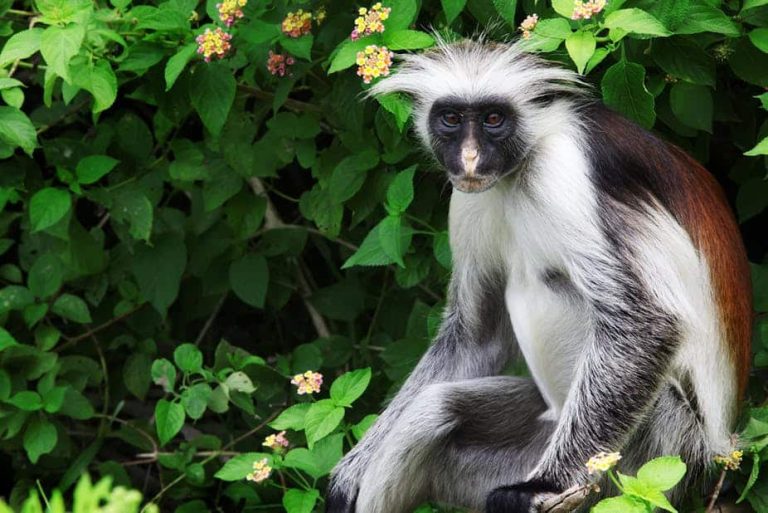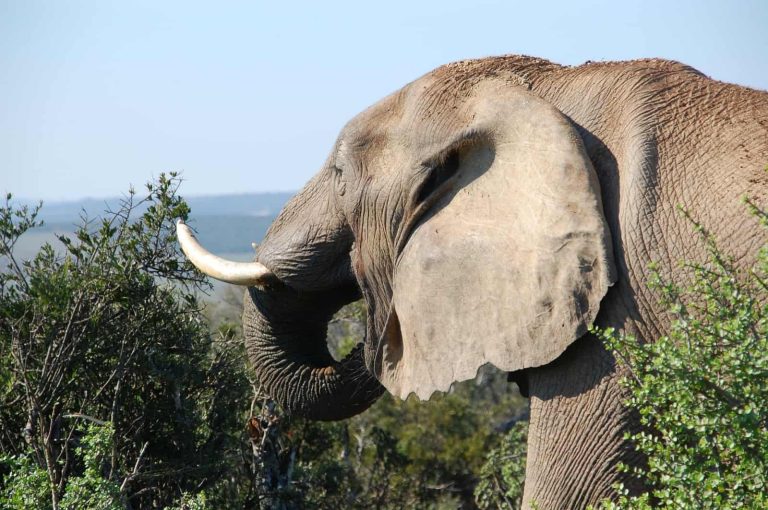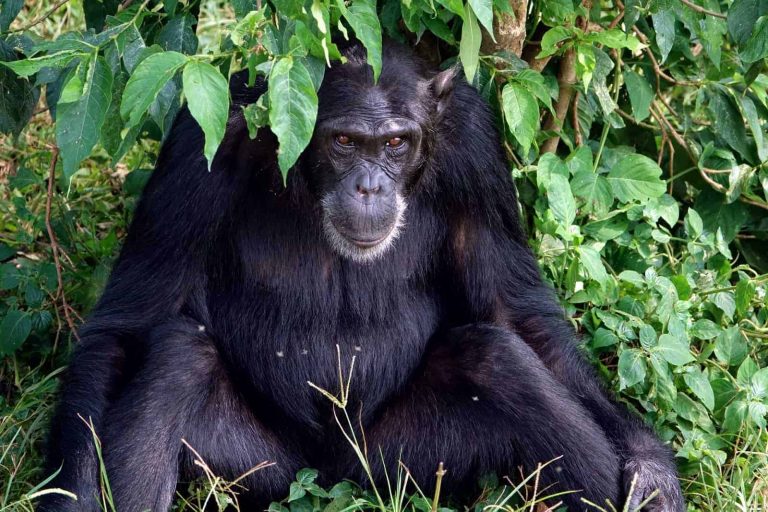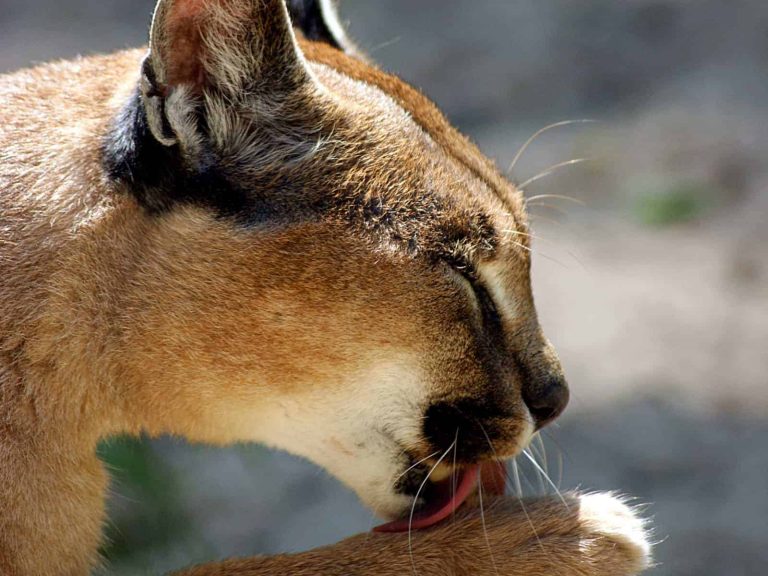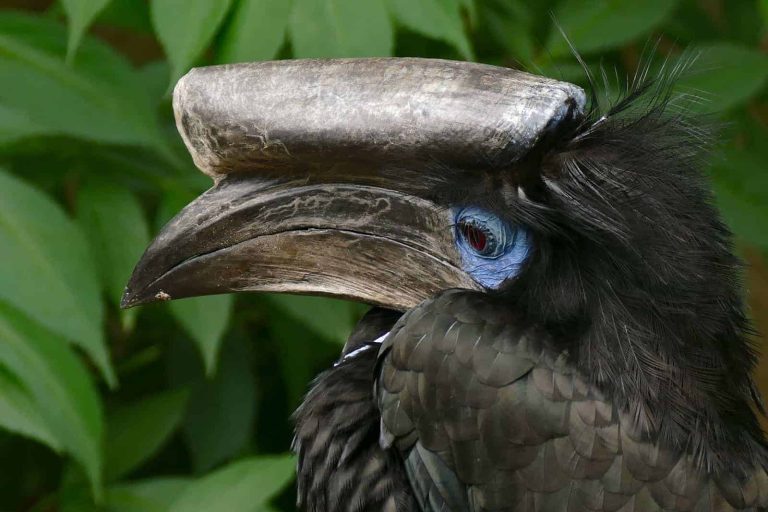The more male gorillas look after young, the more young they’re likely to have
Paternal care – where fathers care for their children – is rare among mammals (that is, animals which give birth to live young). Scientists have identified more than 6,000 mammal species, but paternal care only occurs in 5 to 10% of them. Humans fall into that category, along with species like mice and lions. There…
